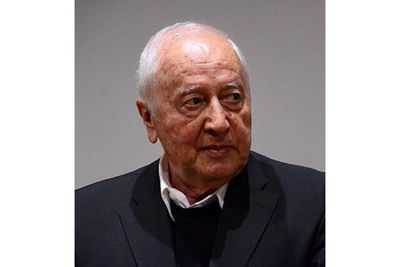His death was announced without additional details by several Iranian news websites on Monday evening.
Shah Cheragh, the shrine of Ahmad ibn Musa (AS), the brother of Imam Reza (AS), in Shiraz was designed by Etesam.
He completed a Ph.D. in architecture at the University of Florence in 1960 and began cooperation with the United Nations on regional urban planning in 1971.
Dozens of Iranian structures, including the campus of Sistan and Baluchestan University, and Mahallat Tourism Complex, were designed by architect Etesam. He also did the urban planning for Latyan, a new town located about 25 kilometers northeast of Tehran.
He was invited to design and implement several residential complexes in Saint Tropez, France, and in Seattle in the United States.
Etesam also authored and translated several books. He teamed up with Hamid Mirmiran in 2011 to complete the book “75 Years of Contemporary Iranian Architecture”, which remained unfinished after the death of the renowned architect Seyyed Hadi Mirmiran.
His Persian translations of Constantinos A. Doxiadis’s “The Two-Headed Eagle: From the Past to the Future of Human Settlements” and Robert Hillenbrand’s “Islamic Architecture: Form, Function and Meaning” have been printed by Iranian publishers.
He was a visiting professor at the University of Washington in Seattle, a lecturer at the University of California, and a researcher at the Center for Urban Studies at the University of California, Berkeley.
In an article published in 2011 by several Persian websites, Etesam said that European and American architects were outstanding figures of modern architecture during the 20th century.
He added that contemporary Iranian architecture has been influenced by Western styles since the Qajar period (1789–1925).
“However, there have been skilled Iranian architects who are both well aware of the rich culture of their own local architecture, and familiar as well with its local structural and geographical characteristics, and are also mindful of progressive Western technology,” he explained.
He noted that Iranian architects have created numerous quality designs and buildings, which unfortunately have been overshadowed by construction based on trite designs that are now commonplace amidst the hustle and bustle of the local construction market.
“We should find quality architectural designs and introduce them to society. Those architects who have had the opportunity to work abroad have a better chance to introduce their works,” Etesam wrote.

